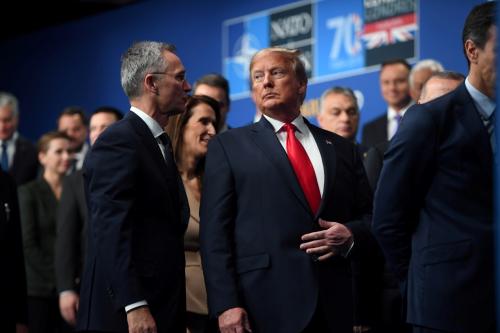Just hours before the current surprise impasse on negotiations between the Greek government and creditors last week, both parties were largely agreed on a 5.4 billion euros fiscal measures (3 percent of GDP) to eliminate the budget deficit until 2018. The current point of disagreement involves the International Monetary Fund (IMF) insisting on a second “precautionary measures package” of another 3.6 billion euros (2 percent of GDP) to be included in a parliamentary bill. The Fund is pushing for this to ensure that, by participating in the program, Greece will meet the accord condition of 3.5 percent primary budget surplus by 2018. These are actually measures that would automatically kick-in the event that the government fails to reach the goals of the principal 5.4 billion euros agreement.
The Greek government rejected the precautionary measures and gridlock ensued.
As always, the devil is in the details.
The fundamental frictions lie more on the already agreed 5.4 billion where the government intends mainly to reach its target by increasing tax revenues, while creditors prefer to heavily cut expenditures. In other words, the government aims to protect its core voters, i.e., public servants and pensioners, by refusing to cut public expenditures, while creditors want to reduce what they perceive to be wasteful public spending to raise the prospects of recovery.
Suffice it to say, any further expenditure cuts regarding wages and pensions will fully destroy the already damaged popularity of the government, which is why Prime Minister Tsipras has insisted—and to an extent succeeded—on tax increases as far as the 5.4 billion Euros package is concerned. But this “success” is expected to come at the cost of much needed growth. The IMF in particular, to hedge the risk of a possible failure of the program as the economy is too weak to generate sufficient tax revenues, has asked the government to legislate the additional 3.6 billion euros in expenditure cuts in case the initial revenue raising measures fall short of intended targets.
So, in fact, the disagreement is not about the so called “precautionary bill”—it is about the content of the initial agreement that makes a second, “hedging package” inevitable.
What’s next? There are two scenarios.
First, a last minute agreement keeping both parties relatively happy. In this respect, on the one hand, agreement will be reached on a technical formula for implementing the precautionary measures; on the other, Tsipras will accept a specific road map for a debt restructuring, meaning basically an extension of payback periods (which, by the way, was actually decided back in 2012). This will amount to kicking the can down the road, but after all, this is what politics is all about. The problem in this case may still be the IMF, which could insist on details regarding the substance of the precautionary 3.6 billion euros’ pact.
In scenario two, Tsipras calls for early elections (oh boy, not again!), presenting voters with a referendum style choice—Do you accept the austerity measures of the creditors or not? In this scenario, Tsipras will call all national political forces opposed to the creditors, even the Communists, the fascist Golden Dawn, and the far left Popular Front, to vote for Syriza, rejecting creditors’ proposals. One thing that may stop him is his low standing in national polls. Another is that thousands of his party comrades are understandably against a collapse in negotiations and a call for elections since they were appointed by the present government (albeit on a short-term basis) in the state apparatus and evidently wouldn’t like to lose their jobs.
The two scenarios are 50-50. The truth is that, without this political mess, the economy would have recovered.

Commentary
Greece and creditors in gridlock. Again.
May 2, 2016